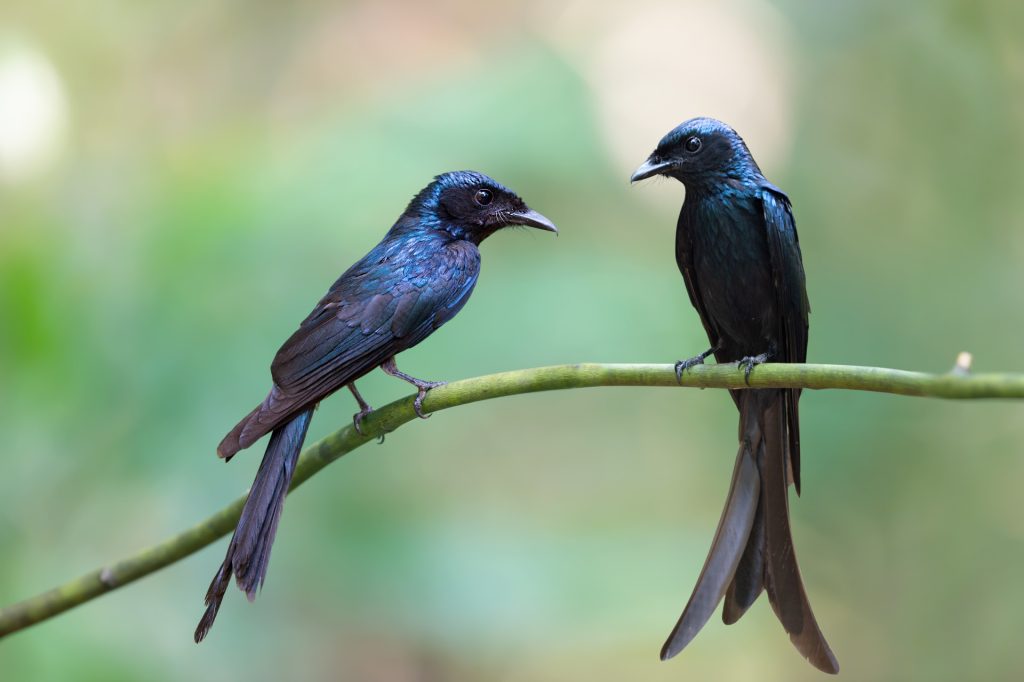New Research Explores How Animals Understand Cross-Species Communication
Others are reading now
Communication is key to survival in the animal kingdom.
From alarm calls to mating signals, animals rely on vocalizations and body language to interact with one another. But can they learn and interpret the communication of entirely different species?
Animals Understanding Foreign Signals
Scientists have long studied how animals interpret sounds from other species, and recent research suggests that some can recognize and even use these signals to their advantage.
As reported by Tech WP, birds are among the best-documented examples. Studies on migratory songbirds indicate that solitary birds can understand the calls of other species, using them for navigation and safety during long journeys.
Also read
Researcher Benjamin Van Doren from the University of Illinois Urbana-Champaign suggests that these cross-species vocalizations may carry more information than previously thought.
The Clever Strategies of the Drongo
One particularly fascinating case is the drongo, a small black bird from Africa.
Drongos are known for mimicking the alarm calls of other animals to trick them into fleeing—allowing the drongo to steal their food. Researchers at Capilano University discovered that these birds even adjust their mimicry when their deception stops working, demonstrating a high level of adaptability.
While some scientists believe this behavior indicates an understanding of other species’ communication, it is unclear whether drongos truly “learn” another language or simply recognize patterns that lead to rewards.
The Complexity of Animal Communication
Though animals do not have language in the human sense, their ability to recognize and respond to the signals of other species highlights the complexity of their communication systems.
Further research into these interactions could provide valuable insights into how different species share information—and whether learning the “language” of another animal is more common than we realize.


